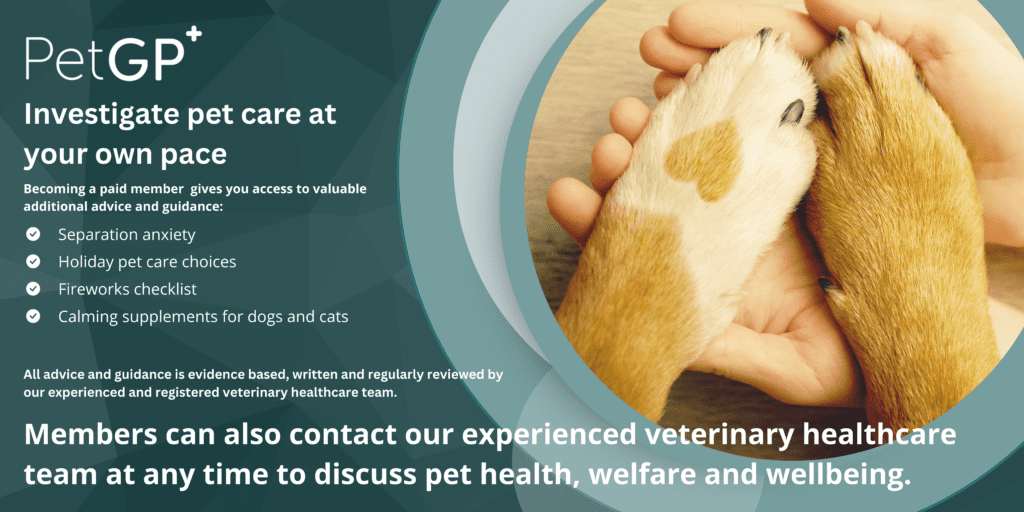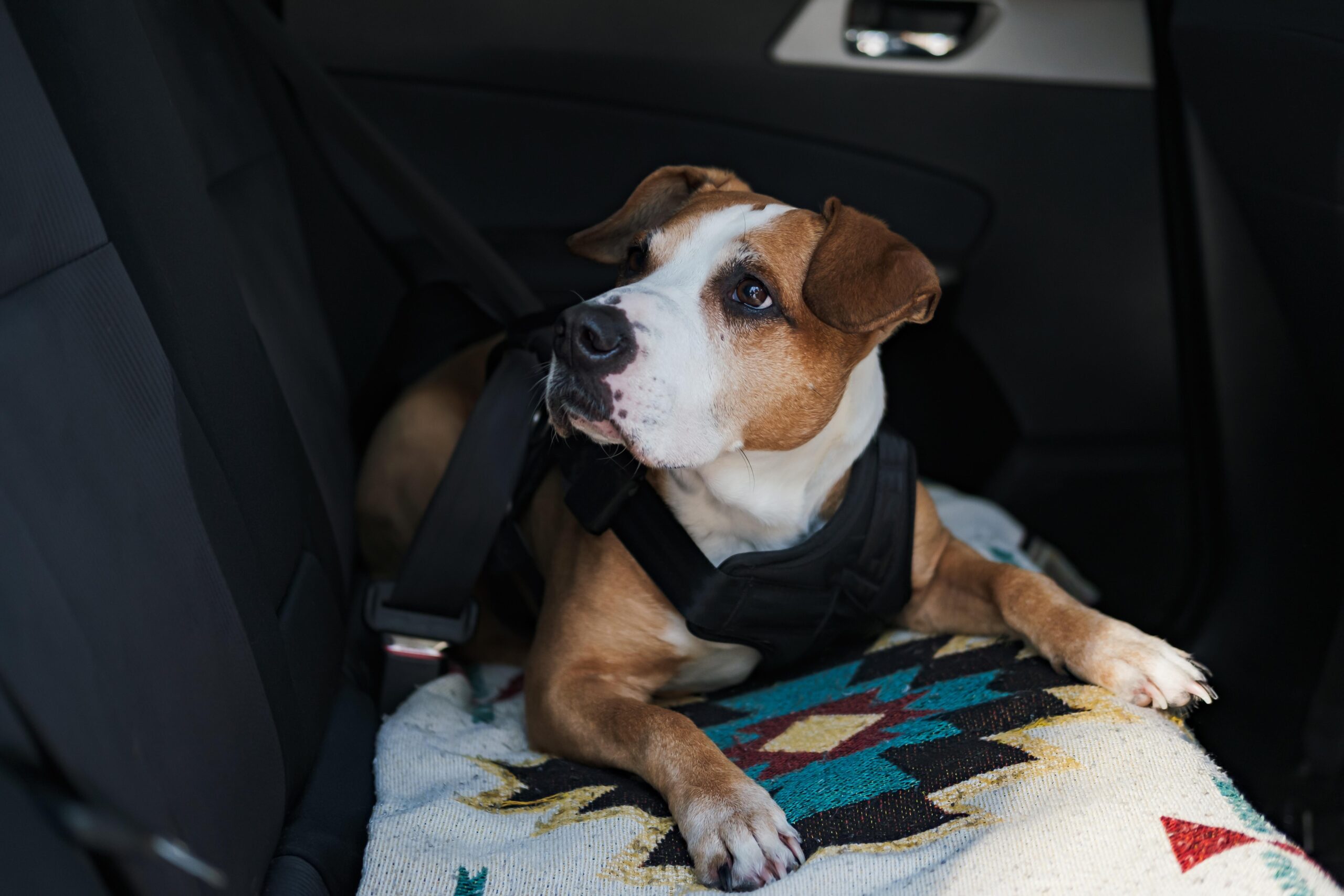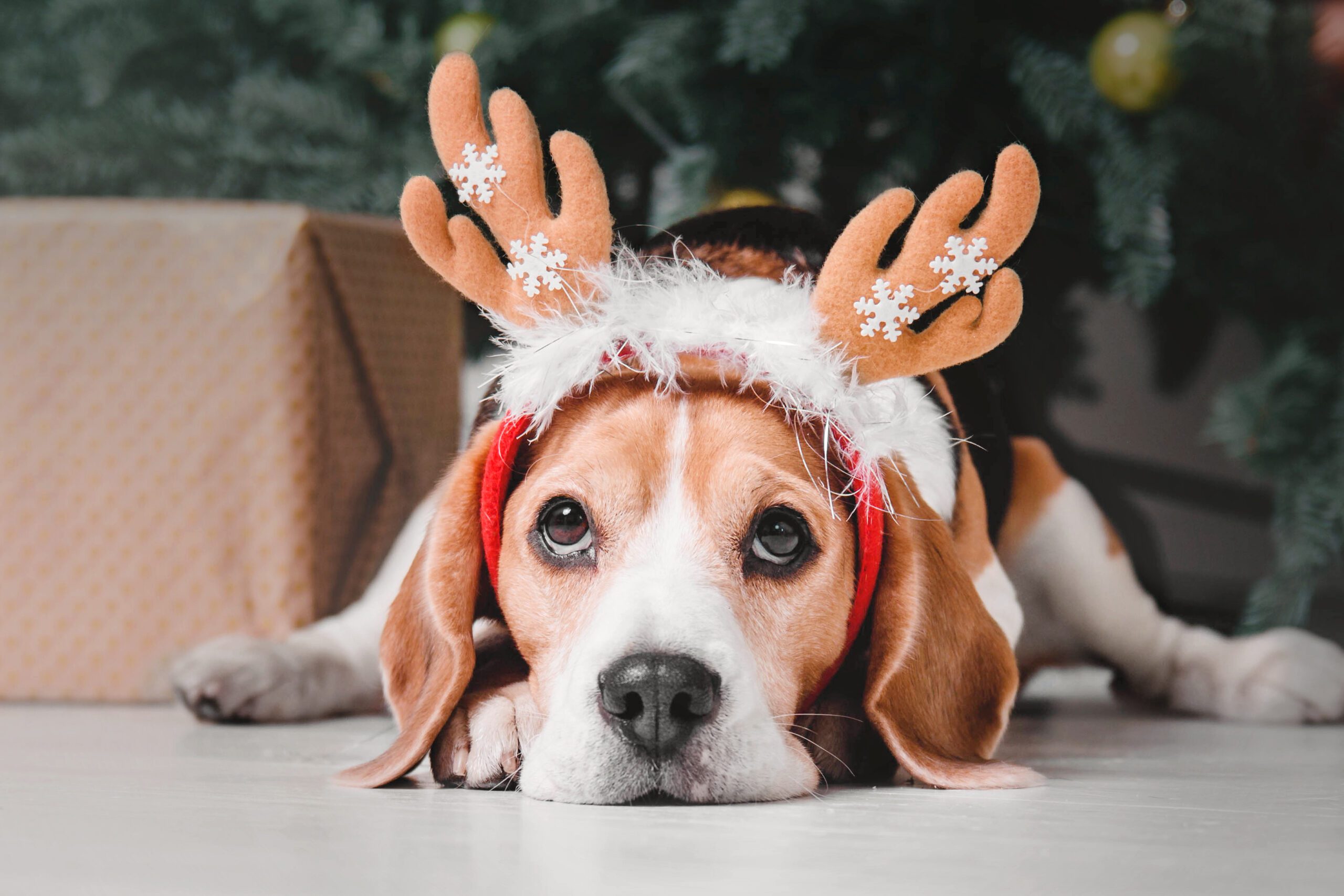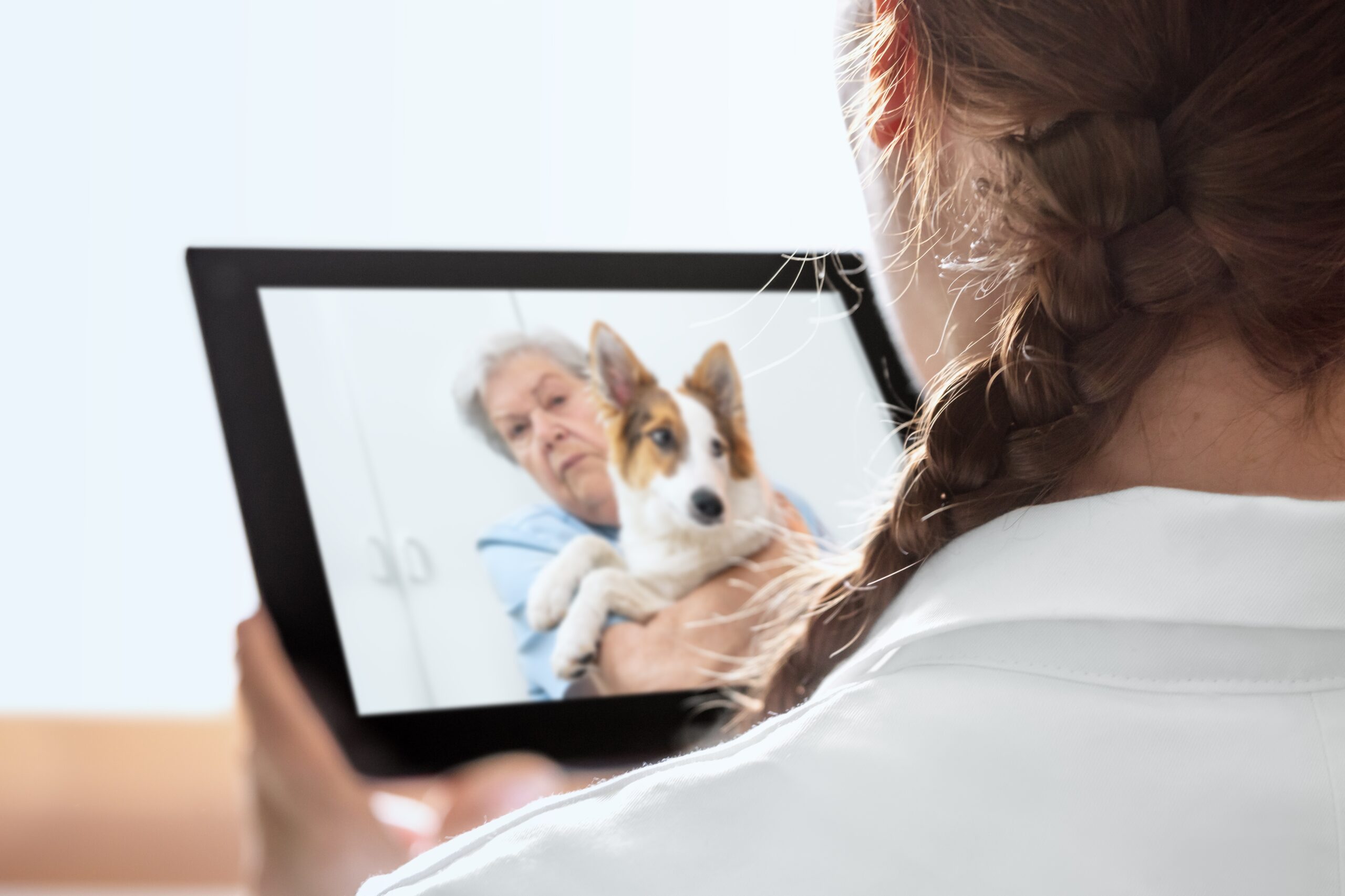Transporting Your Dog Safely
Whether you’re taking a quick trip to the vets or an adventure further afield, unsecured pets are an often-overlooked safety hazard. They can become a distraction, get themselves into trouble. During accidents there's the potential for your pet to become a projectile, hurting themselves and other passengers. Here are a few tips from our team to keep you and your dog safe during your trip. Understanding how to safely transport your dog is essential.
Put on your seat-belt: Keeping your dog secure.
Much in the same way that we secure ourselves with a seat-belt, pets should be in either a confined area or attached with an adapted seat-belt. The Highway Code states that as a driver you have the responsibility to make sure that ‘dogs or other animals are suitably restrained. This is so they cannot distract you while you are driving or injure you, or themselves’.
The Highway Code recommends a seat-belt harness, a pet carrier, a cage/crate, or in the boot with a boot guard.
Harnesses, when attached to a seat-belt connector, distribute force across the chest and shoulder area rather than pulling on an isolated area around the neck. You can use hammock-type products in combination with a seat-belt connector. These will protect your seats from the ever-present hair, and to stop your pets from falling into the back seat footwells.
For smaller dogs like Chihuahuas, you have the option of a carrier. Depending on the results of the crash tests the carrier has undergone, it may be safest to keep them unstrapped to the seat. If you’ve put your pet in the front seat ensure to turn off the airbags. Without this they could be injured – potentially lethally – by the force of the airbag expanding.
In the case you have a larger dog, like a German Shepherd or Malamute, they may be more comfortable in the back of the car. You can use a dog crate. This can be secured in the boot or you can let them be free in the boot of the car with a boot guard.
Where possible, try to find crash-tested products. There is very limited regulated crash-testing for pet ‘accessories'. The Center for Pet Safety in the USA is doing continuous testing to provide a base of knowledge.
Getting Comfortable: Keeping everyone happy
We love the wind in our hair (why else would convertibles be so popular!). Dogs are much the same but remember to keep the windows closed enough to prevent your pet jumping out. For extra ventilation you can turn on the AC in your car – aiming it away from your dog's face. Closing the windows also prevents road debris from damaging your pets’ eyes.
Now is the perfect time to give your car a quick clean-up. Move any loose items that could become a danger in the case of an accident. Groceries, tools, and items like antifreeze should be tucked away. Make sure they are in an area away from the curious noses of your pets.
Some pups get anxious or car sick on their journeys. There are medications and behavioural modifications that can help reduce this. Have a chat to your vet and they’ll be able to recommend what works best for you. Try to avoid feeding your dog right before the journey. Even with an iron stomach it can be difficult to keep down a full meal in a car!
Enjoy the Ride!
When it comes to transporting dogs in cars, secure means safe. While your pet snoozes in the back seat with their harness, or in their crate, you can be sure that you’ve done what you need to do to keep them safe. With these tips in mind you can have a comfortable ride. Safe in the knowledge that your pet is safe for the trip.





